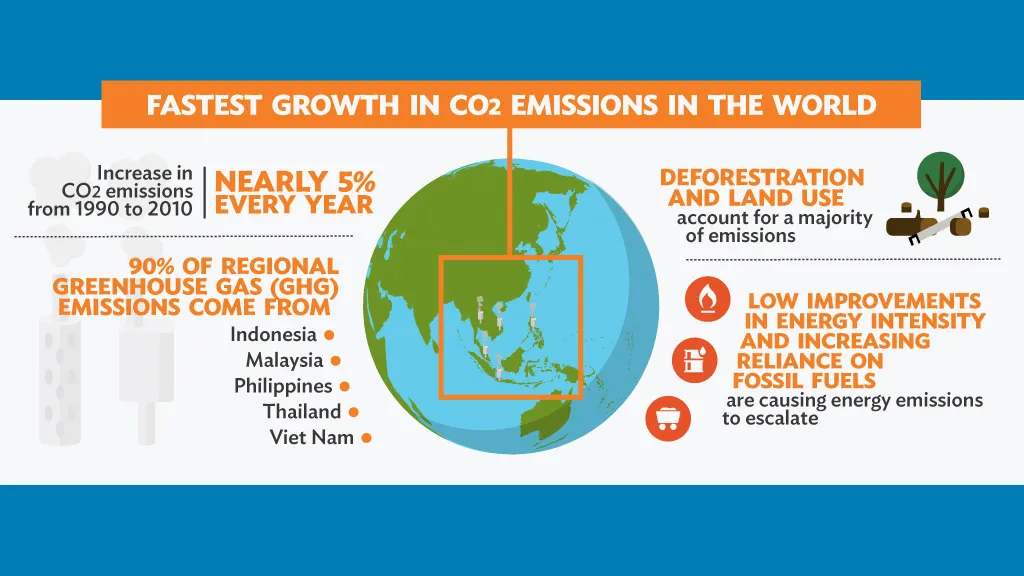Southeast Asia is on the front lines of climate change. Since the 1980s, the region has seen its land surface temperatures rise by 0.8°C, with more frequent heatwaves, shifting rainfall patterns, and worsening floods. These impacts are happening faster than the global average, threatening food systems, rural livelihoods, and national economies. Therefore, building Southeast Asia climate resilience has become essential.

Southeast Asia Climate Resilience: Farming Under Pressure
Agriculture is particularly exposed. It contributes over 10% of GDP in many Southeast Asian countries and employs much of the rural population. More than 75% of the region’s poor live in rural areas, many working as smallholder farmers. These households often farm less than 2 hectares, rely heavily on family labor, and have limited access to modern tools or financing.
As climate events intensify, these farmers are the first to feel the effects, from crop failures due to drought to income losses after floods. Without support, these communities face deepening poverty and growing food insecurity.
Read Also: Southeast Asia Climate Tech Investments Trends Reimagined
The Economic Case for Resilience
Yet, there is a clear financial incentive to act. According to the Global Commission on Adaptation, every $1 invested in climate adaptation in Southeast Asia can yield up to $10 in net economic benefits. The return includes avoided losses, improved productivity, and enhanced resilience to future shocks.
Despite this, most climate financing today still flows toward mitigation—efforts to reduce emissions—rather than adaptation. Agriculture and rural areas remain underfunded even though they’re among the most vulnerable sectors.
Agri-Tech and Climate-Smart Solutions
The shift toward agri-tech and climate-smart farming is a critical part of the solution. These innovations range from drought-resistant seeds and remote sensing tools to precision irrigation and early warning systems. When adapted to local needs, they help farmers make better decisions, conserve resources, and improve yields under tough conditions.
For smallholders, these tools can mean the difference between recovery and collapse after a climate shock. Countries investing in climate-smart solutions are seeing gains in productivity, resilience, and food supply stability.
Read Also: The Tech Turning Point in Southeast Asia Agricultural Innovation
Beyond Technology: Building Resilient Systems
But resilience isn’t just about technology. It requires strong institutions, supportive policies, and targeted finance. Governments must help scale adaptation by directing more funds to rural communities, promoting inclusive programs, and ensuring that vulnerable groups aren’t left behind.
Programs that combine training, financing, and access to markets can lift productivity and provide long-term protection for communities most exposed to climate risk.
Southeast Asia Climate Resilience: Resilience Is a Shared Imperative
The threats are clear. By 2100, Southeast Asia could face twice to four times as many extreme heat events, depending on global emissions. Sea levels are rising, storms are intensifying, and farming systems are increasingly strained.
But the path forward is also clear. Investing in Southeast Asia climate resilience, especially in the agricultural sector, not only protects the region’s most vulnerable people, but it also drives long-term economic growth and food security. In a warming world, climate-smart farming is the future of agriculture in Southeast Asia.







